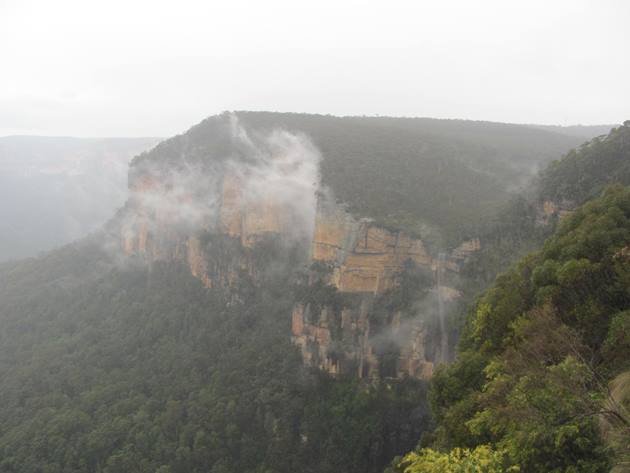
When we returned to the Blue Mountains in September this year it had been five and a half years since we had visited the area and because it was a different time of year we were not exactly sure what to expect. In both May and September there are a lot of trees without leaves and that can be quite advantageous if you are birding. Both Crimson Rosellas and Australian King Parrots stood out easily and many other birds did too! Superb Lyrebirds were easily observed on both occasions, but finding a juvenile Superb Lyrebird in September this year was a delight. The weather is similar in both May and September and generally involves wearing a lot of layers and hoping to not have too many wet days. We have been lucky on both our visits to the Blue Mountains and only had one day that was quite miserable and wet during our visit this year. We stayed inside for most of the morning and then we checked the rain radar website and decided it was worth the risk to go in search of the elusive Rock Warbler.
Rock Warblers, or Rockwarblers or Rock-Warblers depending on which taxonomic order you are using for Origma solitaria are only found in a very small area of New South Wales in Australia. Their range is generally within 240 kilometres/150 miles of Sydney and you can access the areas quite easily by public transport. We have encountered them in the Blue Mountains and also in the Southern Highlands at Mittagong. We have reliably found Rock Warblers on rocky outcrops near caves and close to water. However, you can spend days searching and not find them! We had actually been in the Blue Mountains for a few days before we encountered them this year and we had been in the right habitat and the trails were generally free of hikers.
Heading on the train from Katoomba to Blackheath, where we had observed Rock Warblers in the past, our search began on the miserable drizzly day. As we walked down to Govett’s Leap Lookout from the train station there were numerous birds looking very wet and miserable including Pied Currawongs, Common Mynas, Sulphur-crested Cockatoos, Silvereyes, Satin Bowerbirds, Crimson Rosellas, Galahs, Australian Wood Ducks, Eastern Spinebills, Crested Pigeons and Red Wattlebirds. Once we reached Govett’s Leap Lookout the weather had really got quite nasty and the view in the header was what we faced. We admitted defeat and decided to call it a day and try again the next day.
A wet Red Wattlebird
The following morning the weather was completely different and perfect for hiking. We loaded up our backpacks for a long day of hiking and we were soon back in Blackheath. We started the day by hiking the trails in Centennial Glen including Walls Ledge, Porters Pass and Fort Rock, which all offered suitable habitat and where we had encountered a Rock Warbler in May 2013. Having had no luck in that area and with such perfect weather we decided to continue searching on the other side of Blackheath. We followed the Braeside Trail, which is a wide trail and then followed a small trail alongside the Govett’s Leap Brook until we got to the edge of the cliffs at Bridal Veil Falls. There were several people at the lookout that had just taken the steep descent from the car-park at the Govett’s Leap Lookout and we decided to wander along the trail to Barrow Lookout for other views of the area and in the hope of finding a Rock Warbler. We had just returned to the Bridal Veils Lookout and suddenly I heard a sound behind Grant. All of a sudden as if on cue at 3pm a Rock Warbler was right there at my feet! It was ridiculously close and I struggled to get my camera out of its pouch and take a photo!
Rock Warbler at my feet!
The Rock Warbler hopped ahead of us towards the brook quite unconcerned about our presence. It had taken us quite by surprise and then to our delight we encountered two more Rock Warblers where the Govett’s Leap Brook tumbled over the edge of the cliff as we crossed the small bridge. The Rock Warblers were feeding on the damp rocks and after hiking up and down some hard trails all day we had finally found what we had hoped for!
Rock Warbler beside the trail
Rock Warbler on the damp rocks
The climb up from Bridal Veil Falls to the car-park area is steep, but so are most of the trails in the Blue Mountains!
Some of the trail back to the Govett’s Leap Lookout
The view from the Govett’s Leap Lookout was completely different from 24 hours earlier!
The same view as the header photo a day later!
We then walked back to the train station and back to Katoomba to the walk back to our accommodation. We had hiked about twenty kilometres/twelve and a half miles on some quite rough trails in search of the Rock Warbler on that particular day. It did take until 3pm to find them, but we did and we look forward to our next encounter with them one day. We need to keep fit to make sure we can do this type of hiking trails into the future, so we can continue to enjoy the birds that can only be found in this sort of environment!

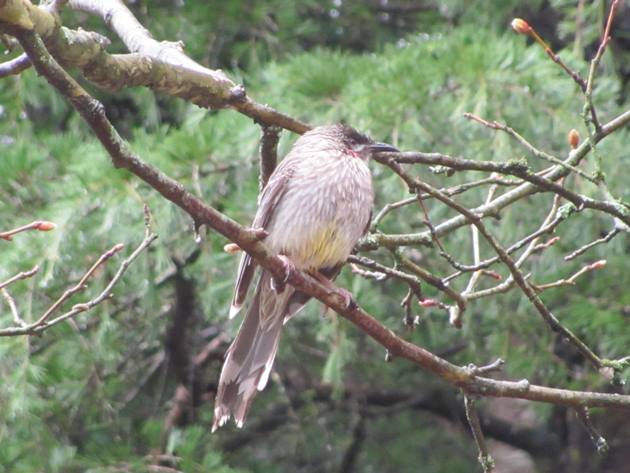
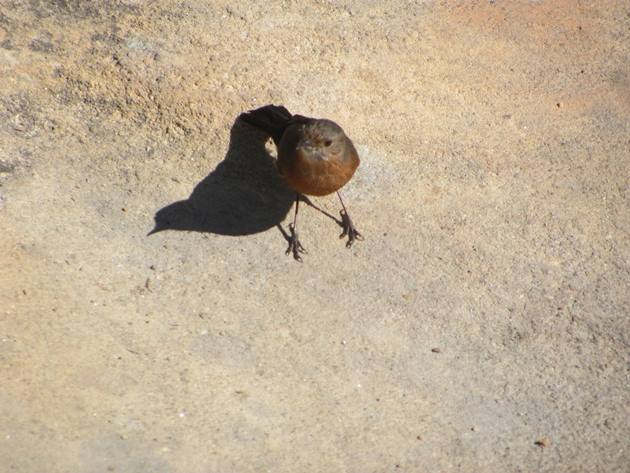
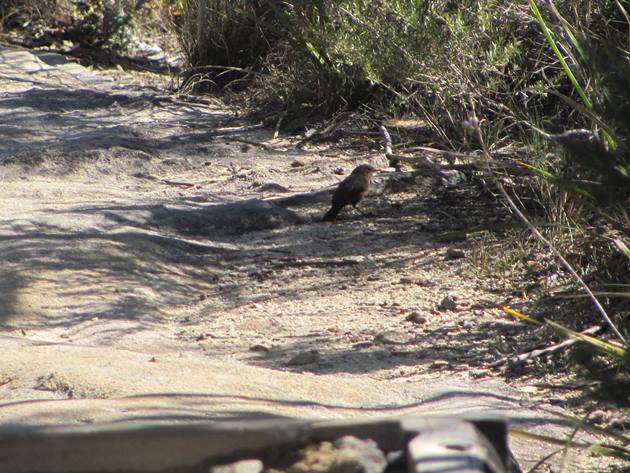
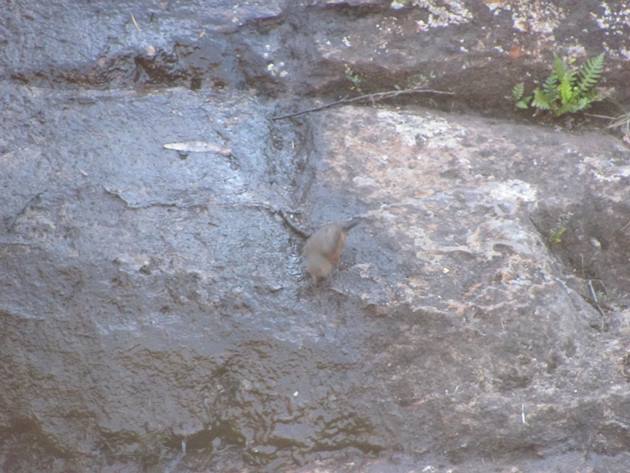
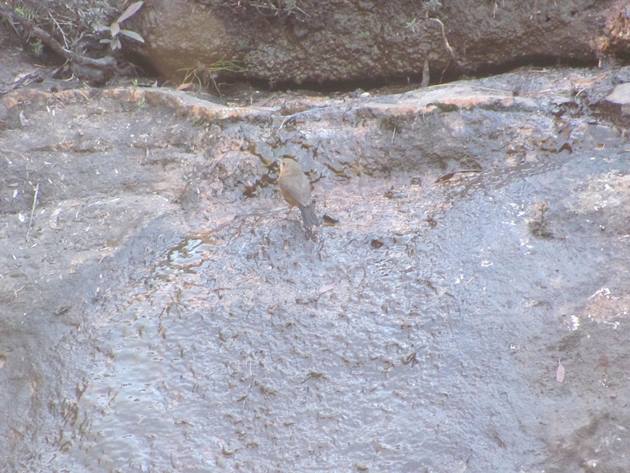
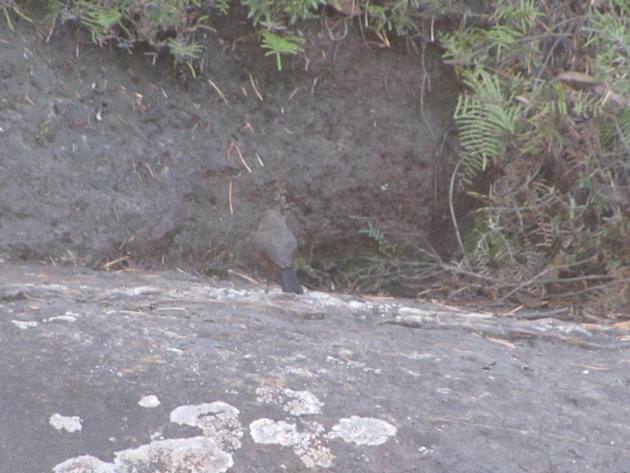
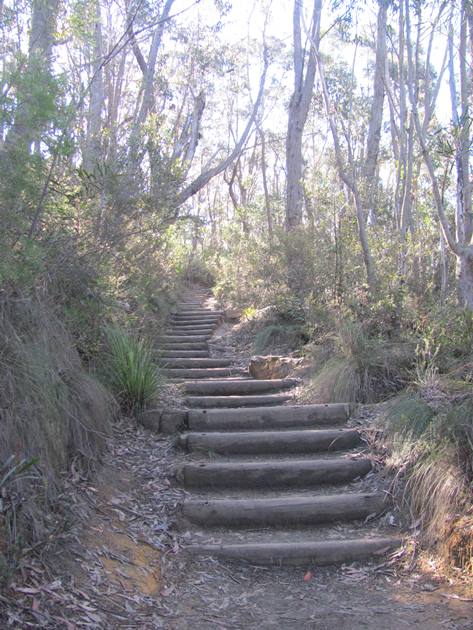
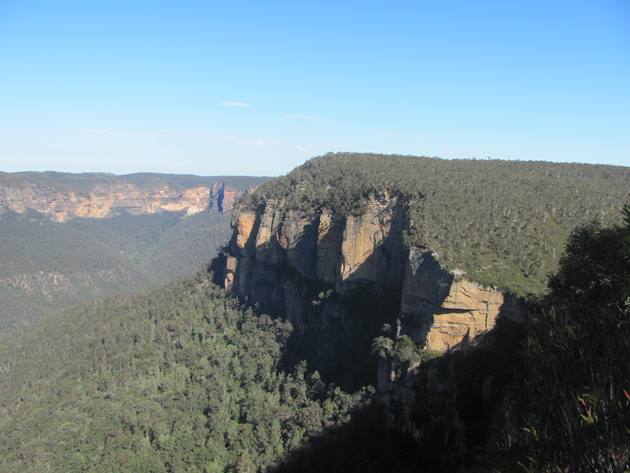










Leave a Comment